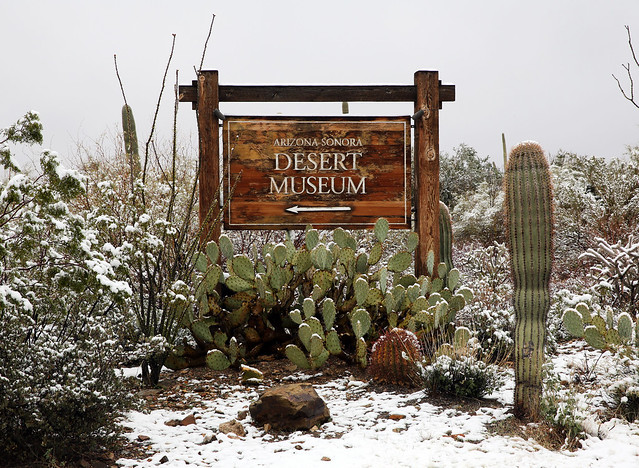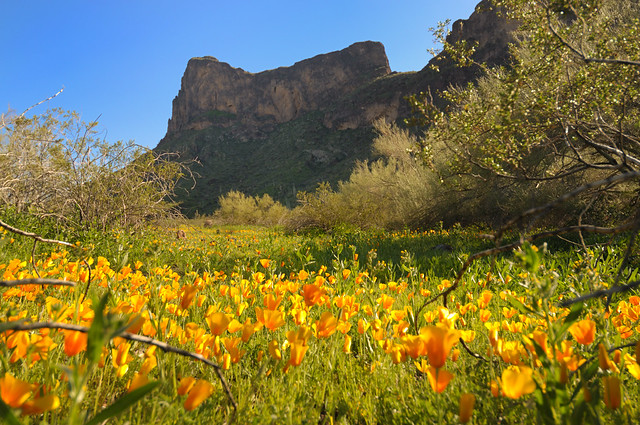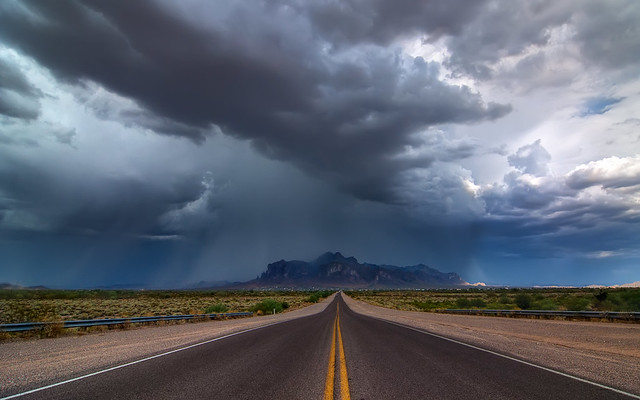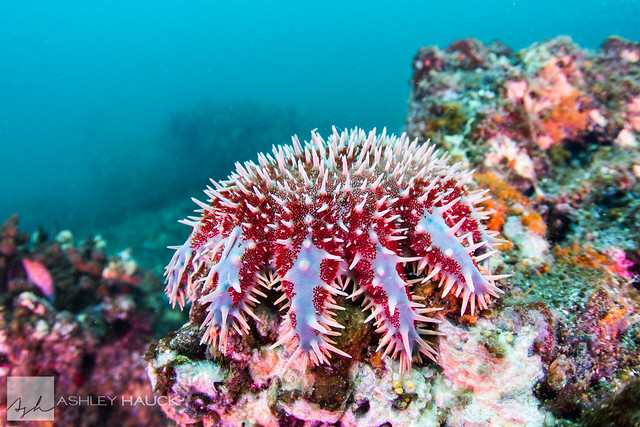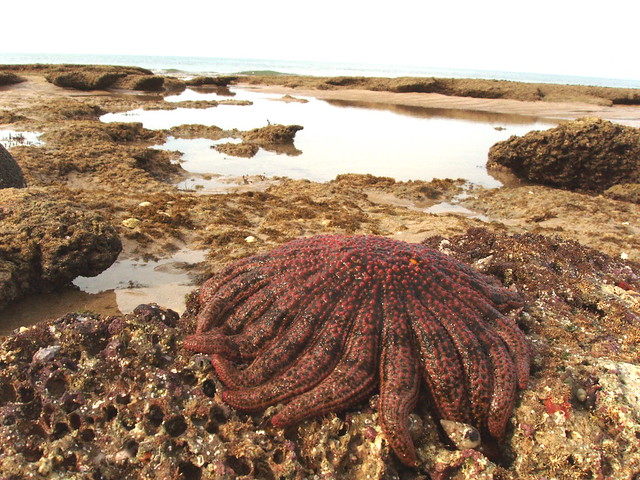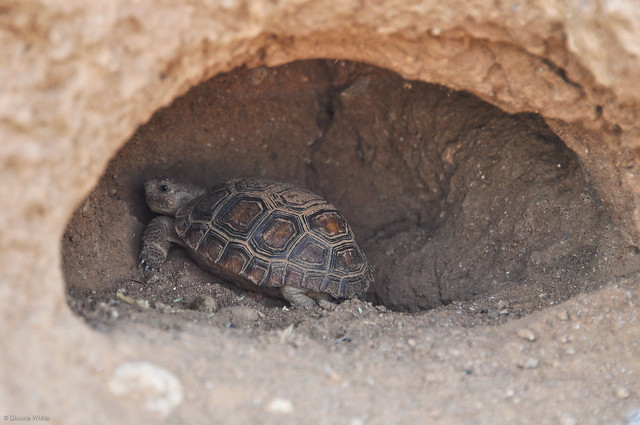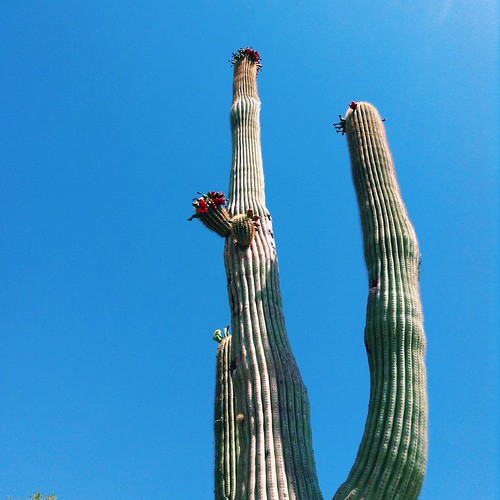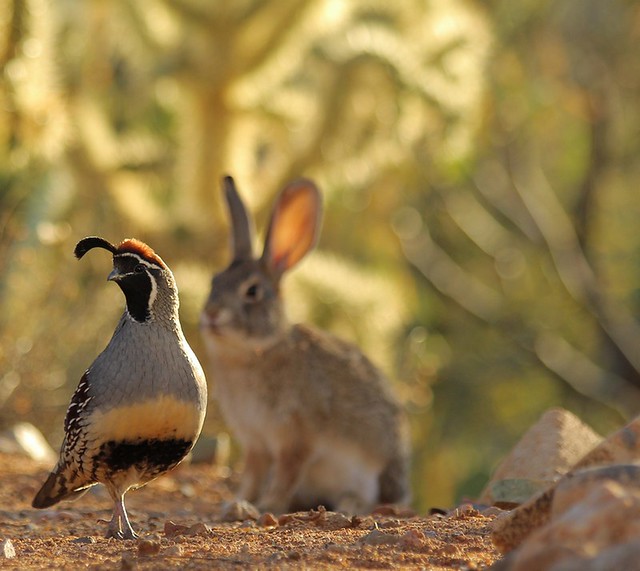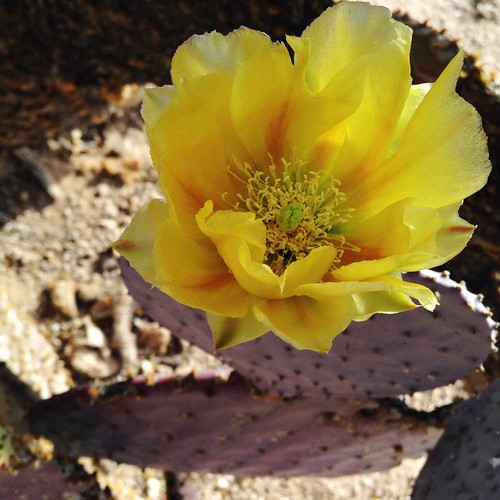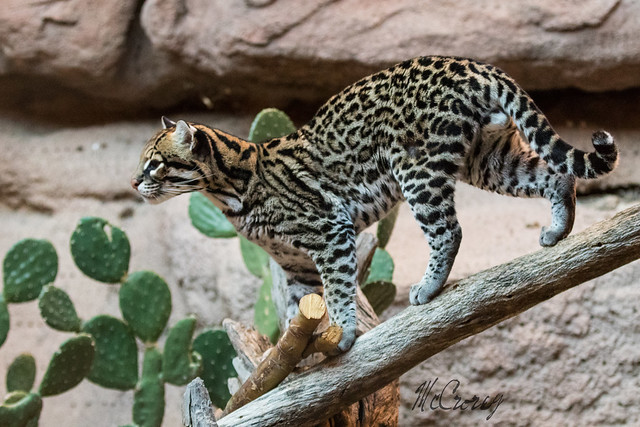First off, let me say that this blog is a spider-free blog.
However, there really isn't much in the Sonoran Desert that starts with the letter T. Or at least not anything that I, or anyone else that I asked, could think of. I originally was going to write about the Tortoise but I kind of did that already.
So here we go...
There is a giant spider that lives in the Sonoran Desert. It is called a Tarantula.
The female desert Tarantula is usually tan or brownish, while the male is darker, usually with black or dark legs and a reddish abdomen. They are very sensitive to vibrations in the ground that may indicate the presence of prey or danger. The desert Tarantula lives in a deep burrow which is lined with silk webbing to prevent its caving in.
You will usually find them walking around the desert or on the patio (or through an open door) after the monsoon rain. There is nothing quite like watching a Tarantula walk right into your house and across the floor. They also roll very fast when you sweep them with a broom.
If there is a hole in the ground and you don’t know what is in it and you put water in that hole and it just happens to be a Tarantula burrow, be prepared for that Tarantula to jump right out at you.
And since this is a spider-free blog, you get exactly one photo.
